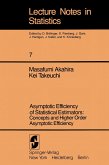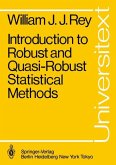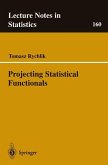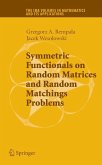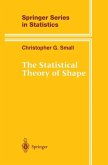About forty years ago, Richard von Mises proposed a theory for the analysis of the asymptotic behavior of nonlinear statistical functionals based on the differentiability properties of these functionals. His theory was largely neglected until the late 1960's when it experienced a renaissance due to developments in the field of robust statistics. In particular, the "Volterra" derivative used by von Mises evolved into the influence curve, which was used to provide information about the sensi ti vity of an estimator to outliers, as well as the estimator's asymptot ic variance. Moreover, with the "Princeton Robustness Study" (Andrews et al. (1972)), there began a proliferation of new robust statistics, and the formal von Mises calculations provided a convenient heuristic tool for the analysis of the asymptotic distributions of these statistics. In the last few years, these calculations have been put in a more rigorous setting based on the Frechet and Hadamard, or compact, derivatives. The purpose of these notes is to provide von Mises' theory with a rig orous mathematical framework which is sufficiently straightforward so that it can be applied routinely with little more effort than is required for the calculation of the influence curve. The approach presented here is based on the Hadamard derivative and is applicable to diverse forms of sta tistical functionals.
Hinweis: Dieser Artikel kann nur an eine deutsche Lieferadresse ausgeliefert werden.
Hinweis: Dieser Artikel kann nur an eine deutsche Lieferadresse ausgeliefert werden.


